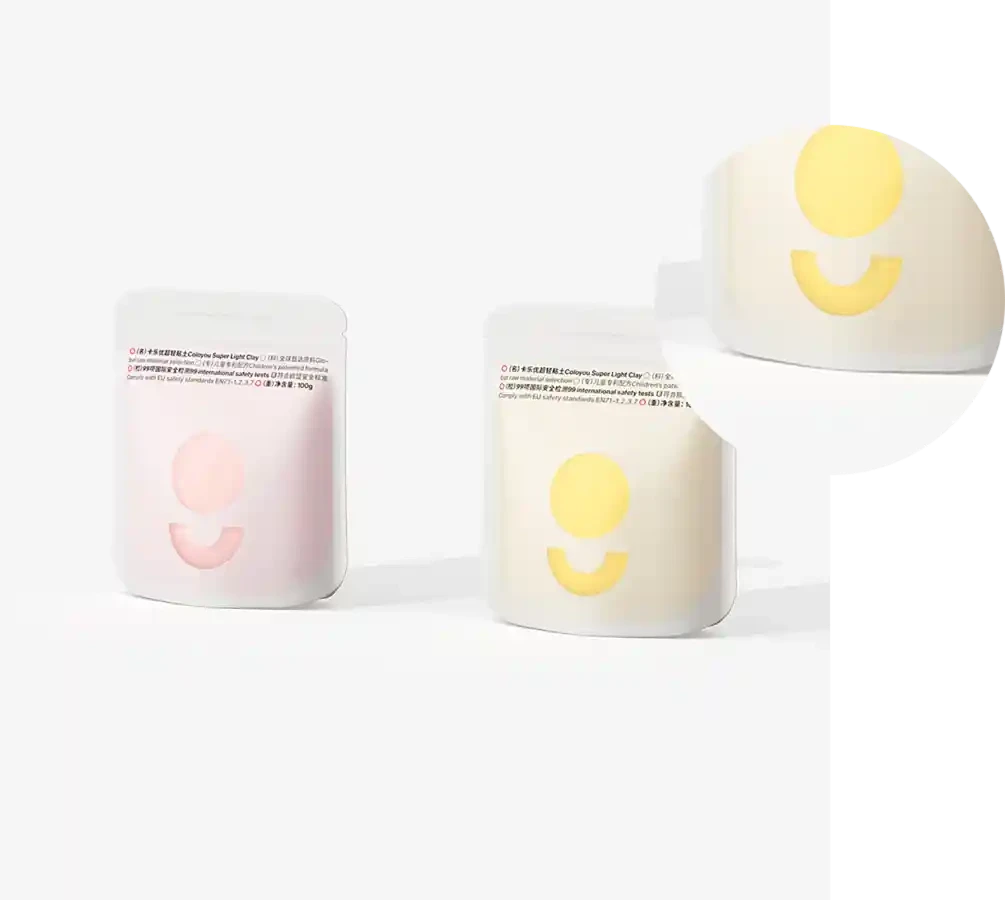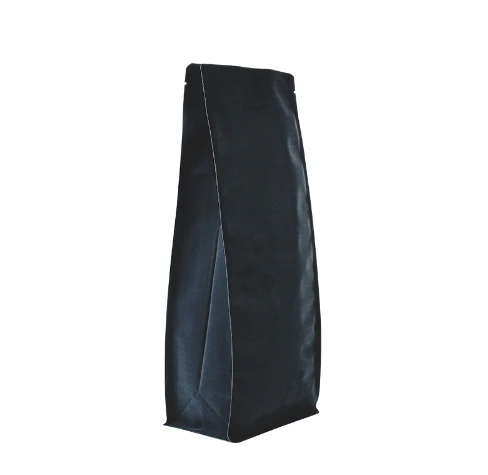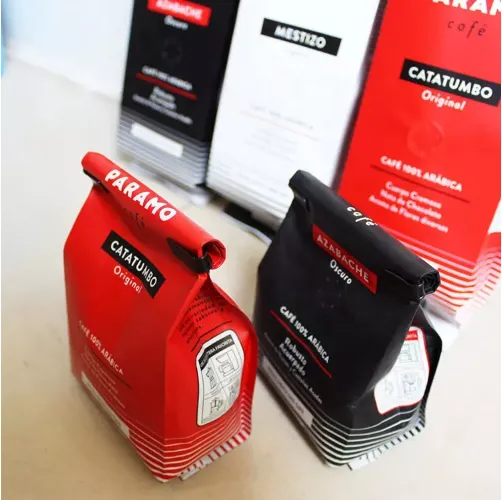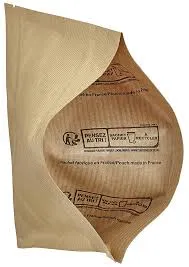High-Quality 12pt Cover Stock for Professional Printing and Crafting Needs
Understanding 12 pt Cover Stock A Comprehensive Guide
In the world of printing and paper products, understanding paper specifications is crucial for achieving desired results. Among various types of paper, 12 pt cover stock is a term that often comes up, especially in the context of creating high-quality prints for business cards, brochures, and other marketing materials. This article delves into what 12 pt cover stock is, its characteristics, advantages, and its practical applications.
What is 12 pt Cover Stock?
The term pt stands for points, a measurement that describes the thickness of paper. One point is equivalent to 1/1000 of an inch, meaning that 12 pt cover stock has a thickness of 0.012 inches or roughly 0.3 millimeters. Cover stock, also known as card stock or cover paper, is typically heavier and more durable than standard paper, which makes it suitable for a variety of applications requiring sturdiness.
Characteristics of 12 pt Cover Stock
12 pt cover stock is known for its robust feel and ability to withstand handling without easily bending or tearing. Here are some key characteristics that define this paper type
1. Weight This stock weighs around 250 gsm (grams per square meter), placing it in the category of heavy paper. This weight allows it to hold up well in various conditions and is less prone to damage.
2. Finish Options 12 pt cover stock is available in various finishes, including gloss, matte, satin, and uncoated. Each finish has its unique effect on visual appeal and usability, allowing businesses to choose according to their branding needs.
3. Printing Quality The thickness and texture of 12 pt cover stock facilitate excellent print quality. It allows for vibrant colors and sharp details, making it an ideal choice for professional graphics and high-resolution images.
4. Versatility This type of cover stock is suitable for a range of printing techniques, including offset printing, digital printing, and even letterpress. Its adaptability makes it popular across various industries.
12 pt cover stock
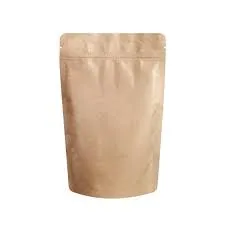
Advantages of Using 12 pt Cover Stock
1. Durability The thickness of 12 pt cover stock offers increased durability compared to lower-weight paper options. This durability makes it suitable for items that will be frequently handled or need to stand up to environmental factors.
2. Professional Appearance Products printed on cover stock typically have a more polished and professional look. This is particularly important for marketing materials, where first impressions can significantly impact customer perceptions.
3. Color and Image Quality The texture and weight of 12 pt cover stock enhance color reproduction and image clarity. This is essential for businesses looking to make a striking visual impact with their materials.
4. Range of Applications From creating impactful business cards and postcards to designing eye-catching brochures and reports, 12 pt cover stock proves itself versatile. It can effectively communicate brand quality and value through tangible products.
Practical Applications
The practical applications of 12 pt cover stock are abundant. Some common uses include
- Business Cards A thicker card can leave a memorable impression and convey professionalism. - Postcards Ideal for direct mail campaigns, 12 pt cover stock adds a level of sturdiness and quality that can make your message stand out. - Brochures and Flyers For marketing materials that consumers will keep, 12 pt cover stock provides a durable option that enhances the overall aesthetics. - Covers Many businesses utilize cover stock for the front and back covers of booklets, reports, and catalogs.
Conclusion
In conclusion, 12 pt cover stock is a valuable option for a wide range of printing needs. Its thickness, durability, and ability to produce excellent print quality make it an attractive choice for businesses looking to create professional, high-quality materials. Whether used for marketing collateral, business cards, or various printed products, 12 pt cover stock offers the robustness and visual appeal that can elevate a brand’s presence in a competitive market. Understanding its properties and advantages allows business owners and designers to make informed decisions in their printing projects, ensuring that they achieve the desired outcomes every time.

